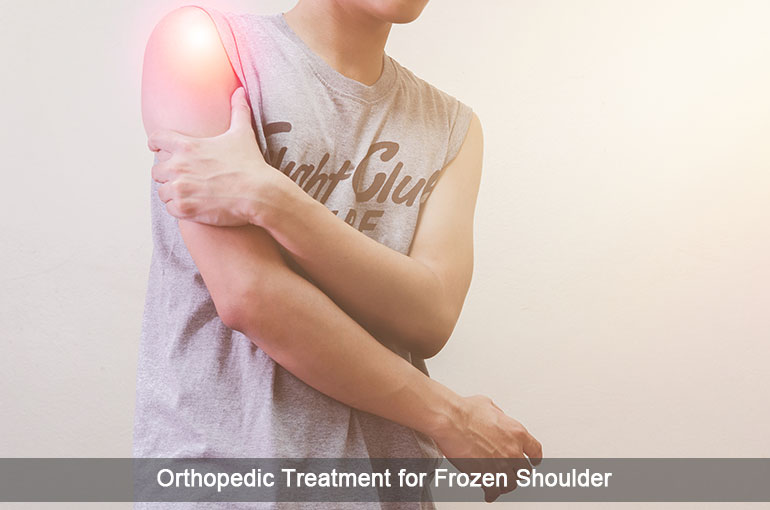
A frozen Shoulder is quite bothersome and painful as it causes immobility and stiffness in the shoulder joint. Do you know that the most typical age range for frozen shoulders is between 40 and 60? Research also proves that Frozen shoulder is thought to affect 2 to 5 percent of people at some time, and it affects women somewhat more than men.
Adhesive capsulitis, another name for frozen shoulder, results in discomfort and stiffness in the shoulder. The shoulder gets increasingly difficult to move with time.
Frozen shoulders often improve after a period of increased symptoms; however complete recovery might take up to 3 years. The main course of treatment for frozen shoulders is physical therapy, with an emphasis on shoulder flexibility.
The specific etiology of a main frozen shoulder is unknown. People with thyroid issues and those with diabetes are more likely to experience it. Most likely, not the source of the disease, yet 15% of patients associate it with a minor shoulder injury.
There are mainly 3 phases:
Painful phase (which can last from 2 to 9 months)
Pain begins to develop slowly at first. It can reach as far as the forearm and the elbow and can be felt on the outside of the upper arm. It can be felt at rest and gets worse when the arm is mobilized. Since laying on it is uncomfortable, sleep is frequently impacted. In this stage, shoulder mobility starts to slow down.
Stiff Phase (which can last from 4 to 12 months)
The ball and socket joint gets stiffer with time, especially when performing twisting motions like trying to place your hand behind your back or your head. Even if you try to move the shoulder with your other hand or someone else tries to move the shoulder for you, these motions are still restricted.
The balls and socket joint are rigid whereas the shoulder is not rigid. You could start to notice the shoulder blades (scapula's) mobility more. The shoulder blade can still freely move across the chest wall.
Recovery Phase (which can last from 5 to 26 months)
During this stage, the pain and stiffness start to go away, allowing you to use your arm more normally. The procedure lasts anything from 12 to 42 months in total, with an average of 30 months.
Although the pain and stiffness might be extremely intense, it is vital to remember that most of the time the issue will go away. You won't be bothered by it forever! Only when a frozen shoulder is extremely sluggish to resolve is this surgery performed.
The length of time it takes to make a full recovery cannot be shortened by any one accepted kind of treatment. In the end, it appears that the shoulder goes through the three phases mentioned, and no therapy has changed this pattern.
Hopefully, you'll notice that the movement progressively picks up when the healing period begins. Again, at this point, physical therapy may be beneficial to help you move as much as possible. You can perform some exercises with the help of your physiotherapist.
Here, we'll go through a couple of shoulder stretches. They may be adjusted to fit your specific shoulder. Regularly exercise 1-2 times every day. After taking a hot shower or bath, you could find them to be simpler. Another option is to use a hot water bottle. You should expect to experience some soreness or stretching while you perform these exercises. But intense pain that lasts for a long time—more than 30 minutes—is not typical. Reduce the exercises by performing them less frequently or with less vigor if the discomfort lasts longer.
Stop the workouts if the discomfort is still unbearable and consult us anytime.
For more information visit us on our website or you can also follow us on Facebook and Instagram.